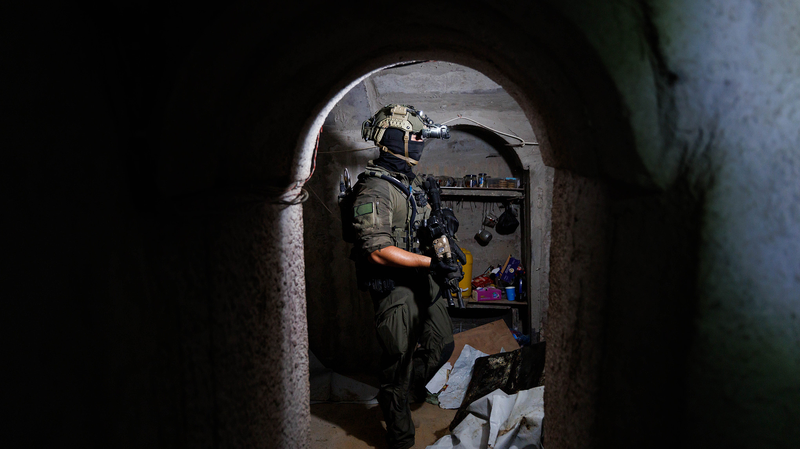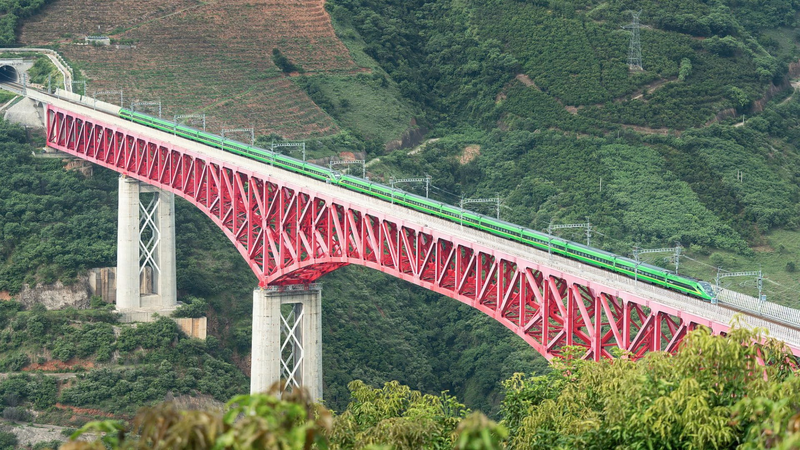After a landmark three-day ceasefire begins to unspool, Israel has set its sights on a new target: the remnants of a vast tunnel network beneath Gaza. The next phase unfolds once hostages held by Hamas walk free.
Defense Minister Israel Katz described the mission as an “international mechanism” led by the United States—the architect of the U.S.-backed ceasefire that paused fighting on Friday. “Israel's great challenge after the hostage release phase will be the destruction of all Hamas terrorist tunnels in Gaza,” Katz said in a statement. “I have ordered the army to prepare to carry out this mission.”
Hamas has long relied on these tunnels—many snaking under the border fence—to move fighters and launch surprise attacks out of sight from the air. Since the conflict flared after the October 7, 2023 cross-border assault, Israeli forces say they have already leveled large segments of the underground network.
But significant stretches remain. Under the terms of the U.S.-backed ceasefire plan, the first stage calls for the release of 48 Israeli hostages—living and deceased—by Monday. In return, Israel will free 250 'national security prisoners' and release 1,700 Gazans detained during the two-year war.
The next step? A framework for Hamas’s disarming and demilitarization, with the U.S.-led mechanism overseeing the tunnel operation and broader security shifts. Yet senior Hamas official Hossam Badran warns the second phase “contains many complexities and difficulties,” underscoring the fragile road ahead.
For young global citizens and business, policy, and tech enthusiasts, this evolving strategy holds lessons in modern conflict resolution: data-driven negotiations, international oversight, and the challenges of dismantling hidden warfare infrastructure. Stay tuned as this high-stakes plan moves from ceasefire to cleanup, shaping the region’s future.
Reference(s):
cgtn.com




